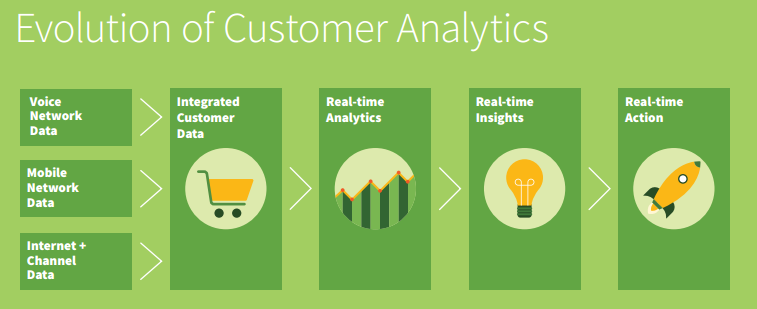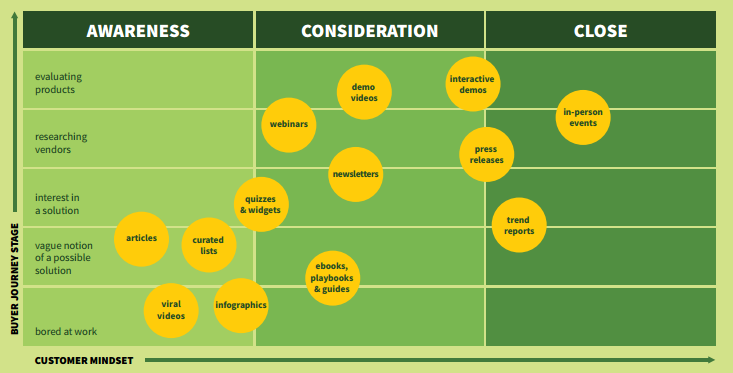Reach Out and Touch Someone
The sheer volume of content that reaches the average consumer on a daily basis continues to increase at an exponential rate. Bombarded with message after message, the consumer becomes desensitized, and the marketer’s efforts are lost. However, consumers trust information from other humans. This is where Human to Human marketing comes in.
What is Human to Human Marketing?
“Human to Human marketing” is known by several names, including “h2h marketing” or “human touch marketing.” But in essence, Human to Human marketing is the process of using technology to be more “human” when interacting with consumers – this means “listening” to the consumer when they “talk” to you (through consumer service interactions, social media, through their customer journey on your web page, or through other media) and then responding back (through content personalization, through social media response, marketing automation, or another medium that targets these consumers) based on these interactions.

Perhaps it is effective to think of Human to Human marketing and its advantages as “human digital marketing”. The consumer is reached not through a siloed data approach, as in traditional marketing or traditional digital marketing. In Human to Human marketing, pieces of information come from a variety of sources, as they would during an “in person” conversation with a consumer, then are synthesized and returned in an impactful way.
What’s Different about Human to Human Marketing?
In Human to Human marketing, the marketer knows that the consumer is open and receptive to receiving the content that is provided to them because consumer data has come in from a variety of sources and isn’t siloed. The marketer knows the receptive consumer is more likely to form a connection with the brand. The marketer then reaches the consumer with targeted content that is specific to their place in the consumer lifecycle, resulting in greater message reception. Thus, the initiative results in greater sales completion and a higher level of satisfaction. Because the marketer connects with the consumer, the consumer connects with the brand.

Human to Human marketing does require a concerted effort to bring disparate data silos together. However, with multiple departments in an organization sharing data, costs, and time can be shared as well, improving human interaction within an organization as well as outside of it.
If you’re interested in finding out more about Human to Human marketing, how it works in the “real” world, and how to take advantage of it, Kentico’s latest whitepaper covers the technique in depth.
Download our newest whitepaper here:
Human Marketing